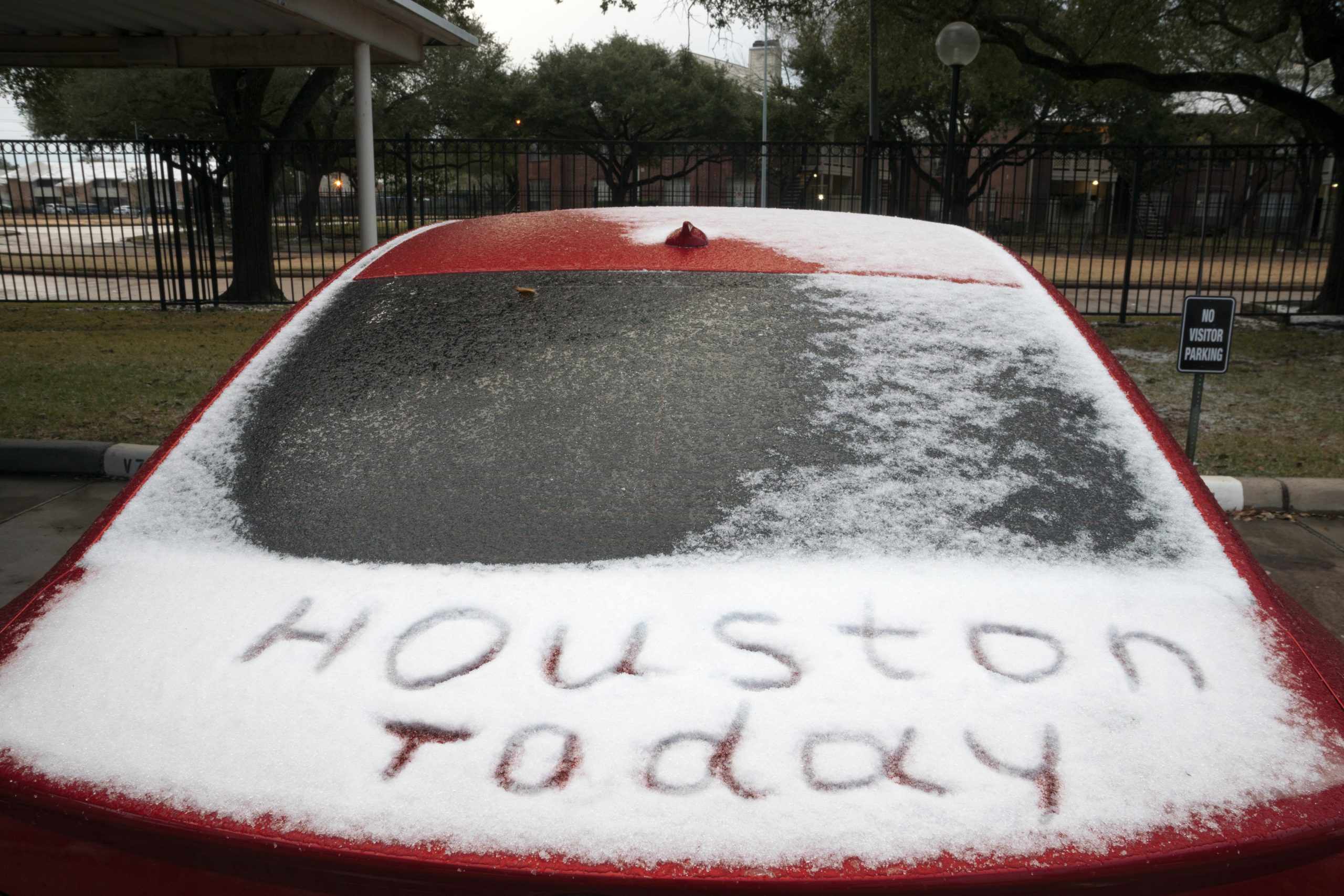Protect Your Home from Freeze: Houston Preparation Tips
Dec 21, 2022

Freezing temperatures are approaching, and we understand the concerns this can bring. Reflecting on the February 2021 freeze, it’s clear that lack of power, rather than the cold itself, caused most broken pipes. By keeping your home warm and taking basic precautions, you can protect your home from freeze-related damage. Since every home is different and not all are built to handle prolonged freezing conditions, it’s essential to stay vigilant. Here’s how you can prepare:
Basic Preventative Tips
Step 1: Pre-Freeze Preparation
- Disconnect Hoses from Hose Bibs
Hoses can trap water in pipes, especially in exterior walls, leaving them vulnerable to freezing. Disconnect and store all hoses. - Inspect Exposed Pipes
Check the insulation on all exterior pipes. If you’re a Goodsmith maintenance member, basic winterization may already be done. However, it’s a good idea to double-check, as older plans or new memberships might not include this service. Note: Insulation slows freezing but doesn’t prevent it entirely in sustained low temperatures.
Need pipe insulation tips? Here’s a helpful video from Houston Life. - Drain Your Sprinkler System’s Backflow Preventer
Backflow preventers in irrigation systems are particularly prone to freezing. Drain them, wrap them in a blanket, and secure the blanket with tape (avoid duct tape if you plan to reuse it). For extra protection, place an old cooler upside down over the backflow preventer.
Step 2: During the Freeze
- Open Cabinet Doors Below Exterior Wall Sinks
Open the cabinet doors below your sinks on exterior walls. If you have a plumbing fixture on an exterior wall (e.g., a sink under a window), open the under-cabinet doors to allow in the warm air from your home. Remove extra towels or anything that might inhibit the warm air from contacting your water pipes. - Allow Faucets to Drip
Let faucets, showers, and hose bibs drip slightly to keep water flowing and slow ice buildup. Use cold or room-temperature water. Keep an eye on water pressure, as neighborhood-wide dripping may lower supply and pressure.
Want more advice on preventing frozen pipes? Check out the Red Cross’s frozen pipe prevention tips.
Worst-Case Scenarios
For Tank Water Heaters
If freezing temperatures persist and power is lost:
- Shut off the water at the main valve (usually near the house or city meter).
- Drain your pipes by opening all faucets, showers, and hose bibs until water stops flowing. Leave them open.
- Important Considerations:
- Unplug your recirculation pump to prevent burnout (check your manual for details).
- Consult your water heater manual for additional instructions specific to your model.
For Tankless Water Heaters
Tankless heaters are more vulnerable during freezes:
- Keep water running as long as possible, even if you lose power.
- If power loss is prolonged, use an extension cord to connect the unit to your car for temporary operation.
- As a last resort, shut off the water, drain the pipes, and follow your water heater manual for proper draining procedures.
Restoring Water Service
Once the freeze passes:
- Ensure all faucets and fixtures remain open.
- Slowly turn the water back on from the main valve.
- Check for leaks at each fixture and close valves one by one. If you detect a leak, shut off the water and contact Goodsmith for assistance.
For sprinkler systems, turn them on and test for pressure. If a sprinkler head lacks pressure, it may indicate a cracked pipe—contact us for support.
Stay Prepared with Goodsmith
Freezing weather can be unpredictable, but with the right precautions, you can safeguard your home. If you encounter any issues, Goodsmith is here to help with professional maintenance and repair services.
Already a member? Submit a request directly through the Goodsmith app for quick assistance.
New to Goodsmith? Sign up today and let us help you take the stress out of home care and repair.
Stay safe and warm!
